#Toyota
A 2 Dressed up to a T: 2020 Toyota Yaris Hatchback
Badge-engineering is nothing new under the sun, especially for those of us who lived through Detroit’s offerings in the 1980s. Here in the 21st century, all hands are getting in on the action, with Toyotas appearing as Subarus and Nissans appearing as Chevys. This time around, the Big T is continuing to forge a relationship with Mazda, applying its Yaris nameplate to a small Hiroshima hatchback.
They’ve done more than just slap a badge on the thing, of course. Like the Yaris sedan, Toyota has grafted a tribute to the whisker fish to the 2’s nose during a fit of reconstructive surgery.
Two Tribes: Toyota's Non-hybrids Aren't Likely to See Their Rear Axles Suddenly Go Electric
Toyota opened up its Prius line to slightly more rugged buyers this year, introducing an AWD-e variant of its once very popular hybrid that uses a rear-mounted electric motor to lend a helpful shove when traction gives way up front.
The model introduction, accompanied by hints of wider availability of all-wheel drive in Toyota’s lineup, coincided with the announcement of a front-drive Corolla hybrid for 2020. Could rear, electrically powered axles one day become Toyota’s go-to recipe for four-wheel traction? Not exclusively, it seems.
Rare Rides: A Very Tiny Toyota 800 Sports Coupe From 1968
What coupe is 140 inches long, bright red, and was never sold in North America? It’s this Toyota Sports 800, from 1968.
Now That the Car's Better Than Ever, Corolla Sales Will Likely Fall Nearly 20 Percent Below the Norm
Promises that “This will be the sedan that saves cars” and “The passenger car comeback starts here” are so 2017.
2018 welcomed the arrival of high expectations in the form of an all-new Toyota Camry and an all-new Honda Accord. The results were predictable, if not in the eyes of automaker CEOs, then surely for the rest of us. Camry and Accord sales each fell to a seven-year low, the refreshed Hyundai Sonata plunged to a 15-year low, and Mazda 6 volume hit an all-time annual low.
Now it’s time for an all-new version of the Toyota Corolla. Rather than suggest the Corolla will revitalize the compact car segment by generating renewed demand across the board and ending a mass migration to crossovers, Toyota’s prediction is much more realistic.
According to Toyota, sales of the all-new-much-improved Corolla will decline.
Toyota Exec Confirms Development of Next-gen 86/BRZ
As the future of the Toyota 86 and Subaru BRZ began looking rather bleak in the West, we spent the the better part of this year trying to figure out the automakers’ next move. While both automakers were rumored to have something in development, subsequent reports looked less promising. Much talk surrounded what Subaru might do if Toyota pulled out of their next cooperative endeavor.
Maybe we were all just worked up over the sudden surge of special-edition models heralding the final stage in the vehicle’s lifespan. Still, with only minor reassurances coming from either manufacturer, concerns mounted. Some even floated the idea that Japan’s base-level Supra could eventually replace the 86 globally. However, it seems these fears were overblown. Toyota has confirmed that a new 86 is in development in conjunction with Subaru.
Toyota Announces 2020 Supra Color Options
Now that the hype train has pulled into the station and unloaded the Toyota Supra, we can finally begin to examine what all the fuss was about. Still, Toyota has one more minor announcement left up its sleeve. While we’ve frequently seen the coupe in black, white and red (or camouflage combination of the three), we didn’t actually know what shades the manufacturer would offer for its introductory year.
Launch Edition vehicles will continue to be relegated to the established trio of hues, adding red mirror caps, black 19-inch wheels, unique upholstery, carbon-fiber accenting, and commemorative plaques for $55,250. But other colors are coming — most of them silver.
Junkyard Find: 1981 Toyota Corona Wagon
Because my very first car was a 50-buck ’69 Corona sedan in dazzling beige, I always photograph Coronas when I see them in wrecking yards. Sadly, Toyota stopped selling the Corona in North America in 1982, which means that I might see one every couple of years these days. Here’s a luxurious, fully loaded 1981 Toyota Corona wagon in a Denver self-service yard.
Toyota's Trying to Remain Non-threatening in the U.S.
While the Trump administration is carefully considering whether or not imported vehicles qualify as a threat to national security, and prepares for trade negotiations with Japan, Toyota is being very careful about how it comes across in America. Last week, the automaker announced plans to add about 600 jobs across the Southern United States — raising its proposed American expansion by another $749 million. In total, the company is expected to expend $13 billion inside the U.S. by 2022.
“In a time when others are scaling back, we believe in the strength of America and we’re excited about the future of mobility in America,” Jim Lentz, CEO of Toyota Motor North America, said of the decision.
Throwing some casual shade at other automakers who are cutting down their domestic workforce is a sound PR strategy but, according to Toyota, its increased investment has nothing to do with global or industrial politics.
Toyota Plowing Money and Jobs Into U.S. Operations
There’s no idling of plants at the Big T. With news of electrified versions of the RAV4 Hybrid and Lexus ES heading to Kentucky for the first time, Toyota is set to invest a further $749 million into its American operations, adding hundreds of jobs across five states.
This builds on a commitment made by the company a couple of years ago, one in which it pledged to invest about $10 billion (with a “b”) by 2021. Those of you with sharp memories will recall that’s the year a new manufacturing facility is scheduled to open, one which marks the start of a joint venture with Mazda and the creation of 4,000 jobs in the great state of Alabama.
Rare Rides: The 1993 Toyota Caldina Wagon, Featuring Four-wheel Drive and Five Sunroofs
It may look like someone blended together the wagon versions of the Toyota Corolla and the Subaru Legacy, but today’s Rare Ride is something rarely (or never) seen on North American shores. Presenting the 1993 Toyota Caldina, with Sky Canopy.
2019 Toyota Corolla Hatchback SE Review - Hope
Let’s face it. Most Toyotas are boring. Sure, enthusiasts get tossed the occasional bone – the 86 and the upcoming (controversial) Supra – but otherwise, the lineup doesn’t excite.
I believe that there are gearheads deep within the bowels of Toyota R&D, however. Those who recall the days when several proper performance cars shared a lot with the ubiquitous Camry.
Here is proof. No, this 2019 Toyota Corolla Hatchback isn’t a hardcore sportscar. It could certainly do with more power. But that Toyota brought out a new car – with an optional manual transmission, no less! – in a climate where the crossover dominates speaks volumes about the future of driving enthusiasm at one of the world’s biggest manufacturers. There is hope for drivers.
Toyota GR Supra GT4 'Concept' Previews Probable Turnkey Racer
While the reintroduction of the Supra will undoubtedly result in custom builds, where cars are purchased only to be gutted and rebuilt as a track day vehicle, Toyota is examining the possibility of doing all that itself. The brand just announced the Toyota GR Supra GT4 Concept.
Developed as a “racing study model” based on the GR (Gazoo Racing) Supra, the car is set up to compete in the GT4 European Series. If you’re unfamiliar, the category caters specifically to amateur racing drivers using factory-built race cars available to the public — though custom team builds can be approved by the FIA. While that series is this vehicle’s primary concern, Toyota said the GT4 would also be eligible for the IMSA’s Michelin Pilot Challenge, Blancpain GT World Challenge Asia, Super Endurance Series, and more.
2020 Toyota Corolla Sedan & Hybrid - Finally Getting Cheerful
I had a nickname for the Toyota Corolla once. Back in my days as an overly judgmental prepubescent teenage boy, I used to call Toyota’s honest economy car the “Crapolla.” Growing up in an affluent North Jersey neighborhood in the ‘90s, everyone and their mother had a Bimmer, Benz, or even a Bentley. If you drove a Corolla, you were either a maid at the McMansion down the street or the underpaid seventh-grade social studies teacher of the local school district.
Although a by-word for cheap, efficient, reliable, and honest transportation, I simply couldn’t see beyond its reputation as a soulless tin econobox. It was far from a total dog. Yet, it still clearly gave off the impression that it was for people who didn’t have a pulse and couldn’t care less about cars or driving them. And let’s be honest, with the Toyota Corolla surpassing the Volkswagen Beetle as the best-selling automotive nameplate in history – over 46 million Corollas sold over its 11 generations – the vast majority of the car-buying public might have a questionable pulse.
My teen years were almost 20 years ago and the Corolla has certainly changed since then. Up until 2012, the Toyota Corolla maintained complete anonymity and was more inconspicuous than a loaf of Wonder Bread. It was hardly any more exciting than the loaf in nearly every aspect.
Toyota Prius C to Bite the Dust, Pass Torch
Toyota’s Prius C, introduced in North America in 2012, was a good idea that didn’t generate much consumer (or reviewer) acclaim. As an entry-level hybrid slotted below the Prius and wagony Prius V, the Prius C was no powerhorse. Its 1.5-liter four-cylinder/electric motor combo cranked out a combined 99 horsepower, a figure that still stands today. Journos found it lacking in both performance and ride quality.
Around these parts, I can’t recall the last Prius C I saw that wasn’t part of a Vrtucar fleet.
Well, kiss the Prius C goodbye, as it’s on its way to the automotive afterlife. Unlike other passenger car discontinuations, however, there’s a replacement waiting in the wings.
Ace of Base: 2020 Toyota Supra
This one is sure to set tongues wagging and keyboards clacking. The return of the mighty Supra nameplate is — depending to whom you speak — either an abomination the likes of which the motoring world has never seen, or a wonderful harbinger of all things fun and sporty.
For the record, your author is in the latter camp. Don’t @ me.
Three trims of the are new Supra available at launch: Base 3.0, Premium 3.0, and a Launch Edition. Is the entry-level model worth a mention? Or should one proceed directly to one of the more expensive options?


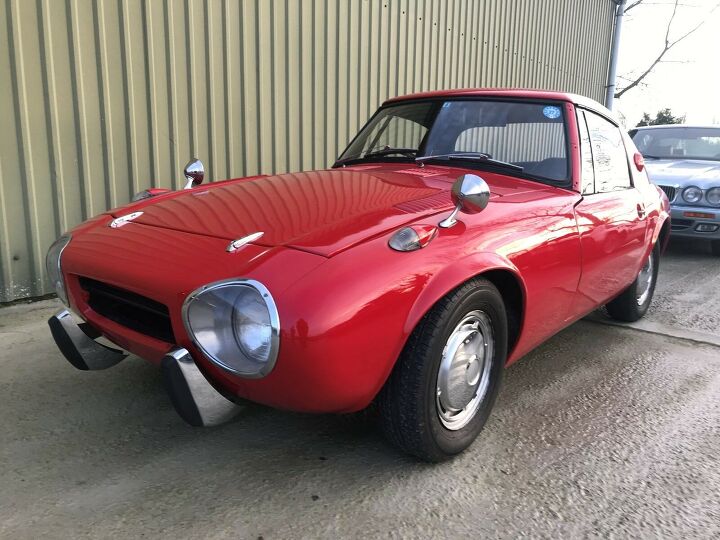
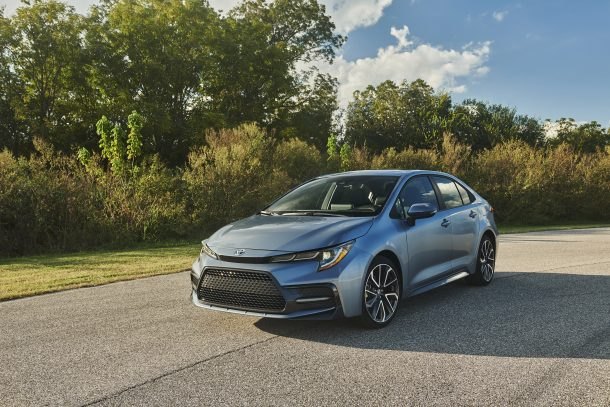



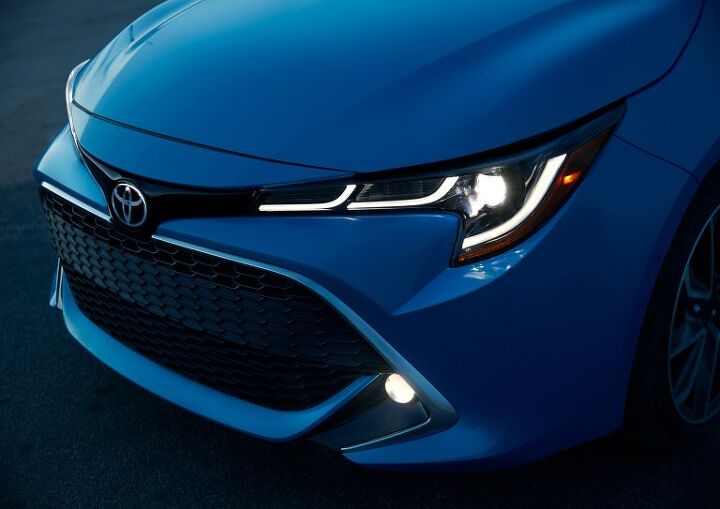

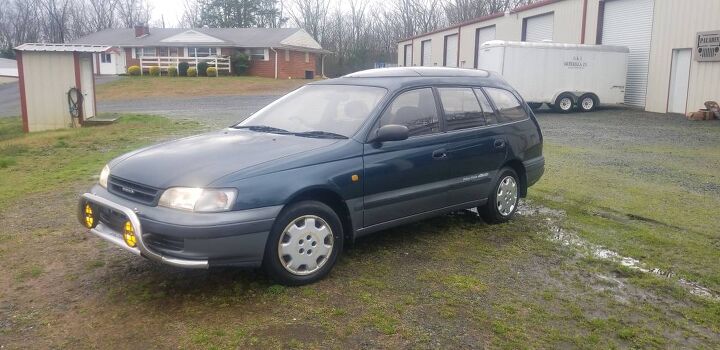


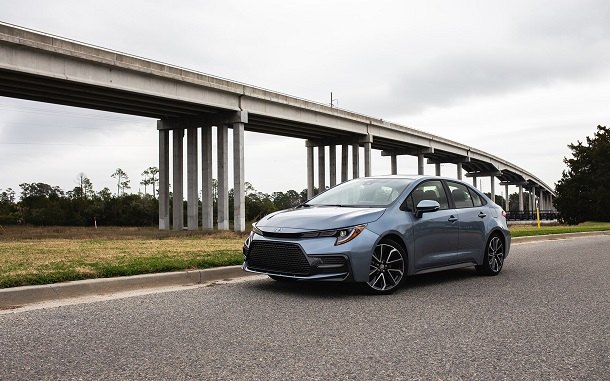














Recent Comments